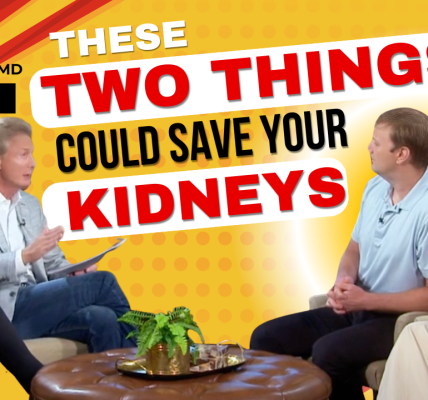Curing Itchy Keto Rash: What It Is, Why It Happens to Your Body, and 7 Ways to Get Rid of It
Keto rash: It doesn’t happen to everyone, but when it does, it might leave you concerned. But don’t worry. While uncomfortable, keto rash is harmless and temporary.
Here’s what it is and tips for eliminating it as soon as possible.
What is Keto Rash?
As it sounds, keto rash is a rash some people develop after starting a ketogenic diet. It’s one of the more uncommon keto side effects.
The scientific name for keto rash is prurigo pigmentosa, which can appear as elevated red lesions and bumps that are red, light pink, or even brownish.
If you have keto rash, you might itch like crazy on your upper or lower back, armpits, neck or shoulders, chest, upper belly, sides, or upper arms. In some cases, the rash might look like psoriasis or another skin condition.
The rash and itching is usually symmetrical on each side of the body and may have a branching pattern.
Keto rash is a temporary and benign condition. Most people report it lasting from a few days to a week before subsiding, much like the keto flu.
Why Keto Rash Happens
While we can’t 100% for sure say why keto rash happens, the most popular theory is this:
Excess amounts of the ketone acetone come out through your sweat during ketosis, which can irritate and inflame your skin.
Plus, when the sweat dries and clothes rub on those areas, it can make the situation worse.
Other theories about keto rash causes include:
- The release of toxins that were stored in body fat during ketosis
- Slight autoimmune reaction to histamines dumping from the liver and gallbladder
- Nutrient deficiencies
- Irritated gut bacteria
A few studies have been done on prurigo pigmentosa [1,2,3]. A common conclusion is that dietary changes or fasting that induce ketosis are involved.
Keto Rash Treatment: 7 Remedies to Try
Here are some things you can start doing today to remedy a keto rash.
1. Drink Lots of Water
Drink at least two liters of water per day. This will dilute your sweat.
It can also help you detox and flush out any toxins.
2. Reduce Sweating: Don’t Let It Linger and Go Easy on Exercise
Shower or bathe as soon as possible after sweating to reduce irritation. If bathing isn’t immediately possible, at least wipe your body down to remove the sweat.
If you do intense workouts or have upped your exercise since starting keto, go easier for a few days. Either rest completely or switch to less cardio-based workouts, such as weight training, so you don’t sweat as much.
This brief break may help reduce the rash and also give your body a few days to get keto adapted while you wait.
3. Wear Loose, Breathable Clothes
Tight clothes made of synthetic material can be irritating to skin even without a low-carb rash. Try looser-fitting shirts made of cotton so your skin can breathe, especially in hot climates. And stay in air conditioned areas as much as possible.
4. Eat Slightly Less Fat Until You Adapt
Try temporarily lower your fat intake until your body becomes keto adapted. This can take some strain off your body and may reduce the keto rash reaction. Taking Fat-Zyme can also help your body adjust to the higher fat intake.
5. Focus on Anti-inflammatory Foods and Supplements
Since keto rash is an inflammatory condition, up your intake of foods that are anti-inflammatory and nutrient-rich. Those can include:
- Bone broth
- Omega-3s from salmon, sardines, or krill oil
- Spirulina and chlorella supplements (just be sure they’re tested for heavy metals)
- Leafy green keto vegetables
- MCT oil powder or coconut oil
6. Wait It Out to Let Your Body Adjust
For most people, keto rash subsides once your body becomes keto-adapted. And it usually resolves quickly on its own.
When body has enough time to become efficient at using ketones for energy, it should no longer excrete as much and irritation will cease.
Don’t be afraid to give it time to subside on its own!
7. Last Resort: Increase Carbs Slightly
If the tips above aren’t working, getting out of ketosis temporarily may help.
Try increasing your carbs to around 50 grams per day for a few days, and make sure they’re from whole food carb sources. This will kick you out of ketosis but still provide benefits of a low-carb diet.
If you’re experiencing keto rash, don’t let it discourage you! Remember why you started a keto diet in the first place, and keep your mind on the benefits.
More than likely, your keto rash will subside with time and the tips above. If for some reason is does persist past a week or two, you might need to see your doctor for additional help.
Sources:
- https://www.ncbi.nlm.nih.gov/pubmed/22901017
- https://www.ncbi.nlm.nih.gov/pubmed/21929552
- https://www.ncbi.nlm.nih.gov/pubmed/12652193
More Articles From Drcolbert.com Find Out More About Dr.Colbert’s Health Services
















This “rash” is terrible, have had it for 2 weeks or more!